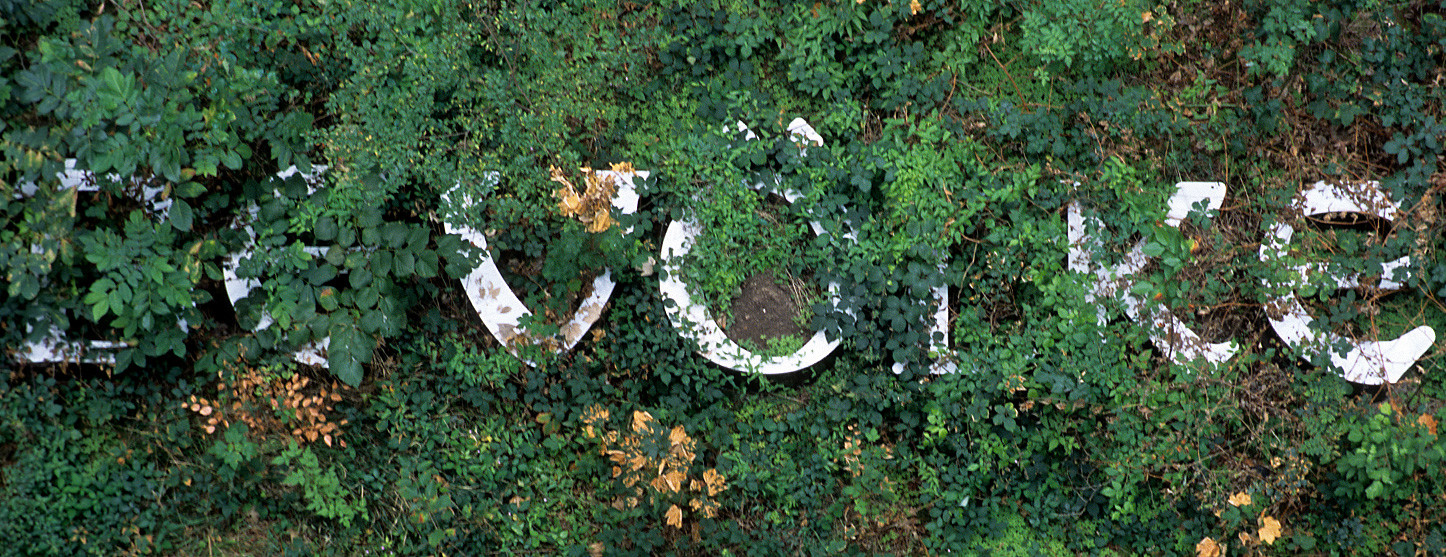
Bundestags debate
At its first presentation on September 7, 1999, the Kunstbeirat closely scrutinized the concept of DER BEVÖLKERUNG. The historical implications of the terms “Volk” (people) and “Bevölkerung” (population), as well as their combination with the notion of “earth” were discussed. A heated discussion took place in the media also about the meaning of the proposed dedication DER BEVÖLKERUNG (To the population), as it refers to the inscription DEM DEUTSCHEN VOLKE (To the German people) inscribed on the pediment of the portico of the Reichstag building. The question was raised whether the Kunstbeirat had the exclusive right to make a decision on an artistic project with fundamental, political implications. An intraparty motion eventually led to an hour-long plenary debate of the Bundestag about Hans Haacke’s project proposal on April 5, 2000.
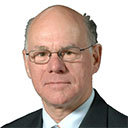
Dr. Norbert Lammert (CDU/CSU)
Madam President. Dear colleagues. Today, the German Bundestag is about to have a debate that could proba- bly never take place in any other legislature in the world.
Neither the U.S. Congress nor the English House of Commons, let alone the French National Assembly, would even consider discussing what is up for a vote here today: the idea of contrasting the current dedication of the German Parliament Building, “To the German People” … more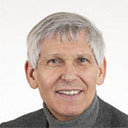
Gert Weisskirchen (SPD)
The tension – and that’s how I would characterize it, Dr. Lammert – between the pediment inscription and the artwork by Hans Haacke points out nothing less than the fact that we see in our society a growing diversity. You cannot arrive at modernity without diversity. … more

Dr. Antje Vollmer (BÜNDNIS 90/DIE GRÜNEN)
First, I want to congratulate Hans Haacke, who is seated in the visitors’ gallery. One could have a terrific argument about whether he has succeeded in creating a work of art. That is a decision for others to make. At any rate he has produced a piece of artistry: he is the first to have the honor of having produced a debate about his artwork on the floor of the German Bundestag. … more

Ulrich Heinrich (F.D.P.)
Whoever raises questions about the term people in the German parliament of all places can’t really be surprised by the critical tone. But to come right to my point, I consider the critical positions and discussions an absolutely positive thing. It speaks well of our democratic culture and of art in general, but also specifically for art in the German Bundestag. … more
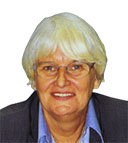
Hanna Wolf (SPD)
As enthusiastic as I was from the very beginning about the wrapping of the Reichstag by Christo and Jeanne-Claude, I can’t bring myself to be a part of Haacke’s installation. Before I lay out some of my reasons, let me first distance myself emphatically from the cynical, antiforeigner state- ments I’ve had the misfortune of reading by some of those who have rejected the Haacke project. … more

Dr. Heinrich Fink (PDS)
Everything that we decide in the Bundestag and write into law is binding for everyone who lives in Germany and not just for Germans. “For everyone” … more
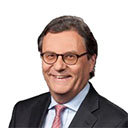
Hans-Joachim Otto (F.D.P.)
I do not find Hans Haacke’s project at all compelling in either its aesthetics or its political symbolism, and therefore I do not want it in our building. … more
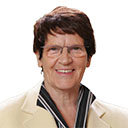
Dr. Rita Süssmuth (CDU/CSU)
… But this minority is raising its voice and holds those now in power responsible for the fact that they have to pay for billions in social services for foreigners and asylum seekers who don’t belong here. I have to call a spade a spade, because this is the basic tenor of not just a few letters but hundreds of them.
They also ask whether those who supported it were mentally ill or had lost their minds. They ask, “Should yellow people, blacks, Turks, and Gypsies also be included?” That would be a betrayal of the Fatherland. We have to keep this in the back of our minds. … more
Franziska Eichstädt-Bohlig (BÜNDNIS 90/Die Grünen)
In my opinion, what is special about the project under discussion is that it is a thought-work and not just an artwork.
We are used to artworks that appeal primarily to our emotions, our subconscious capacity for associations. In contrast to this, Haacke challenges us to be enlightened and to think. … more
Volker Kauder (CDU/CSU)
What didn’t we have to read in the days leading up to this! Supposedly the freedom of art would be threatened if we dare say “no” to this artwork today. How can the freedom of art be threatened when we’re only deciding where this work should be installed? Hans Haacke could put it anywhere in Berlin except in the Reichstag. … more

Wolfgang Thierse (SPD)
Madam President. My dear colleagues. Art is freedom. That is its deepest essence.
It allows for differences, invites argument, discussion, subjectivity, and the articulation of our individual taste, sensibility, emotion, and think- ing. That is why differing aesthetic judgments are legitimate, and con- tradictory opinions are the norm, even those of politicians—and especially of parliamentarians. But, dear colleague Lammert, dear colleague Kauder, why must they be presented in such a cutting tone? … more
